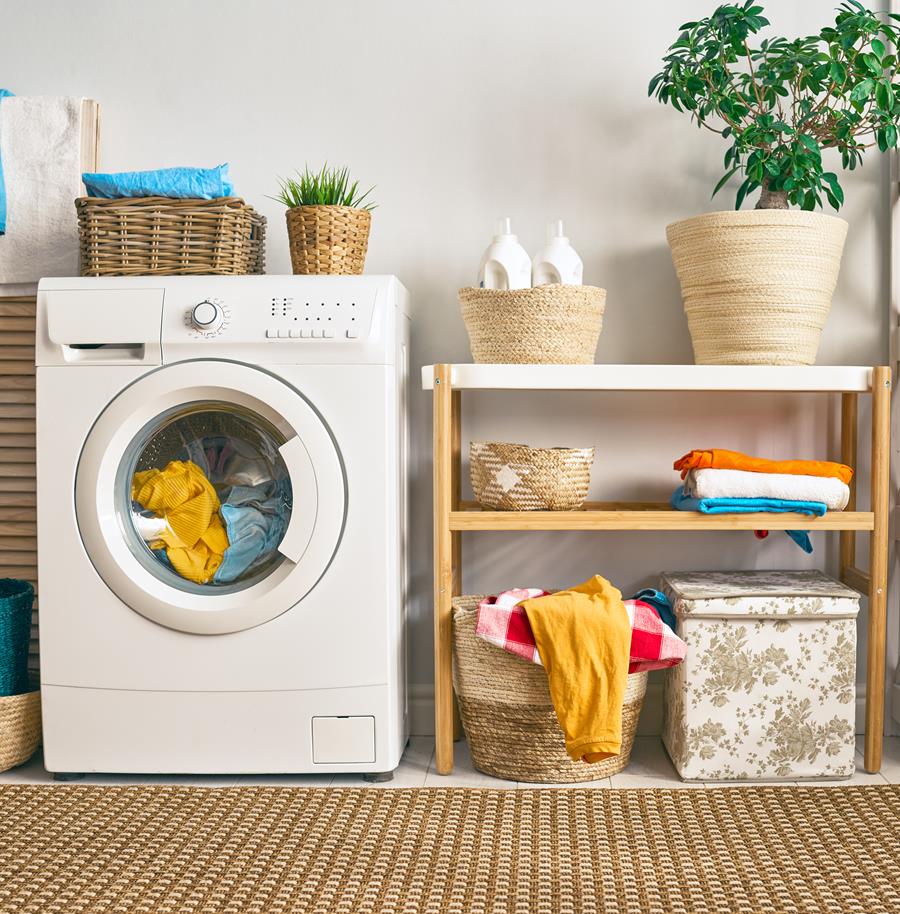Summer has officially arrived, and the soaring temperatures make us seek opportunities to cool down at the beach and in or ON the water. If you like sailing trips, epoxies have a lot to offer to you!
Epoxy resins have been used in boat building for decades for just about anything, from the actual building to repairing, reinforcing, fabricating, and attaching components.
One of the reasons for this is that epoxy adheres to and bonds with just about any material, including wood, metals, and cured polyester and vinylester laminates. It is suitable for building and repairing fiberglass, wooden, and metal boats.
Given its high adhesive strength, epoxies make it possible to combine different materials, such as adding reinforcing composite stringers to wooden boat hulls.
With advances in both epoxy resin handling properties and the infusion process which has been adopted from the wind energy and aerospace industry, boat manufacturers are today producing lightweight boats with improved hydrodynamic performance and speed and a Class A, blemish-free surface finish. This new ability is also improving workplace cleanliness, when compared to manual fabric lay-ups, and reducing VOC emissions.
But that’s not all! Epoxies coatings are one of the most cost-effective ways of protecting water pipes and tanks from damage and corrosion. Epoxy resins’ chlorine and microbe resistant properties make them ideal for use in drinking water pipes. They are also a popular flooring solution as they are easy to install and do not require waste intensive custom cutting. Epoxy floors are also more durable and need to be replaced less frequently. They also make for a safer flooring solution as thanks to their anti-slip texture epoxy floors minimises chances of slip and fall accidents.
Epoxies are a smart building material choice too. Due to their thermal insulation properties, they help reduce the carbon offset of buildings. Construction products like composite polymers made with epoxy resins are more energy efficient and offer thermal insulation, reducing movement of heat and vapour in concrete and thus, deformation humidity and mould.
